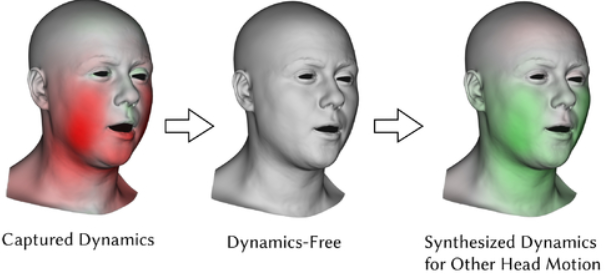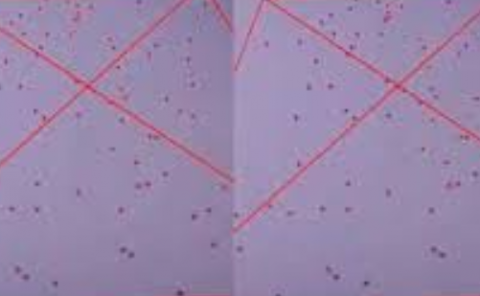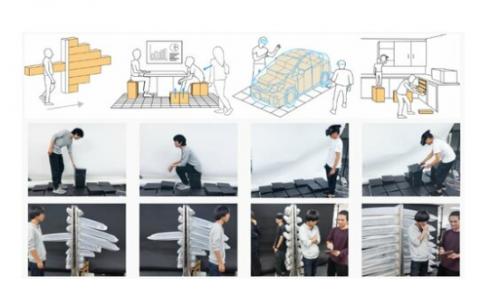Data-driven extraction and composition of secondary dynamics in facial performance capture
PubDate: July 2020
Teams: ETH Zurich;University of Wisconsin-Madison;DisneyResearch
Writers: Gaspard Zoss;Eftychios Sifakis;Markus Gross;Thabo Beeler;Derek Bradley
PDF: Data-driven extraction and composition of secondary dynamics in facial performance capture

Abstract
Performance capture of expressive subjects, particularly facial performances acquired with high spatial resolution, will inevitably incorporate some fraction of motion that is due to inertial effects and dynamic overshoot due to ballistic motion. This is true in most natural capture environments where the actor is able to move freely during their performance, rather than being tethered to a fixed position. Normally these secondary dynamic effects are unwanted, as the captured facial performance is often retargeted to different head motion, and sometimes to completely different characters, and in both cases the captured dynamic effects should be removed and new secondary effects should be added. This paper advances the hypothesis that for a highly constrained elastic medium such as the human face, these secondary inertial effects are predominantly due to the motion of the underlying bony structures (cranium and mandible). Our work aims to compute and characterize the difference between the captured dynamic facial performance, and a speculative quasistatic variant of the same motion should the inertial effects have been absent. This is used to either subtract parasitic secondary dynamics that resulted from unintentional motion during capture, or compose such effects on top of a quasistatic performance to simulate a new dynamic motion of the actor’s body and skull, either artist-prescribed or acquired via motion capture. We propose a data-driven technique that comprises complementary removal and synthesis networks for secondary dynamics in facial performance capture. We show how such a system can be effectively trained from a collection of acquired dynamic deformations under varying expressions where the actor induces rigid head motion from walking and running, as well as forced oscillatory body motion in a controlled setting by external actuators.


